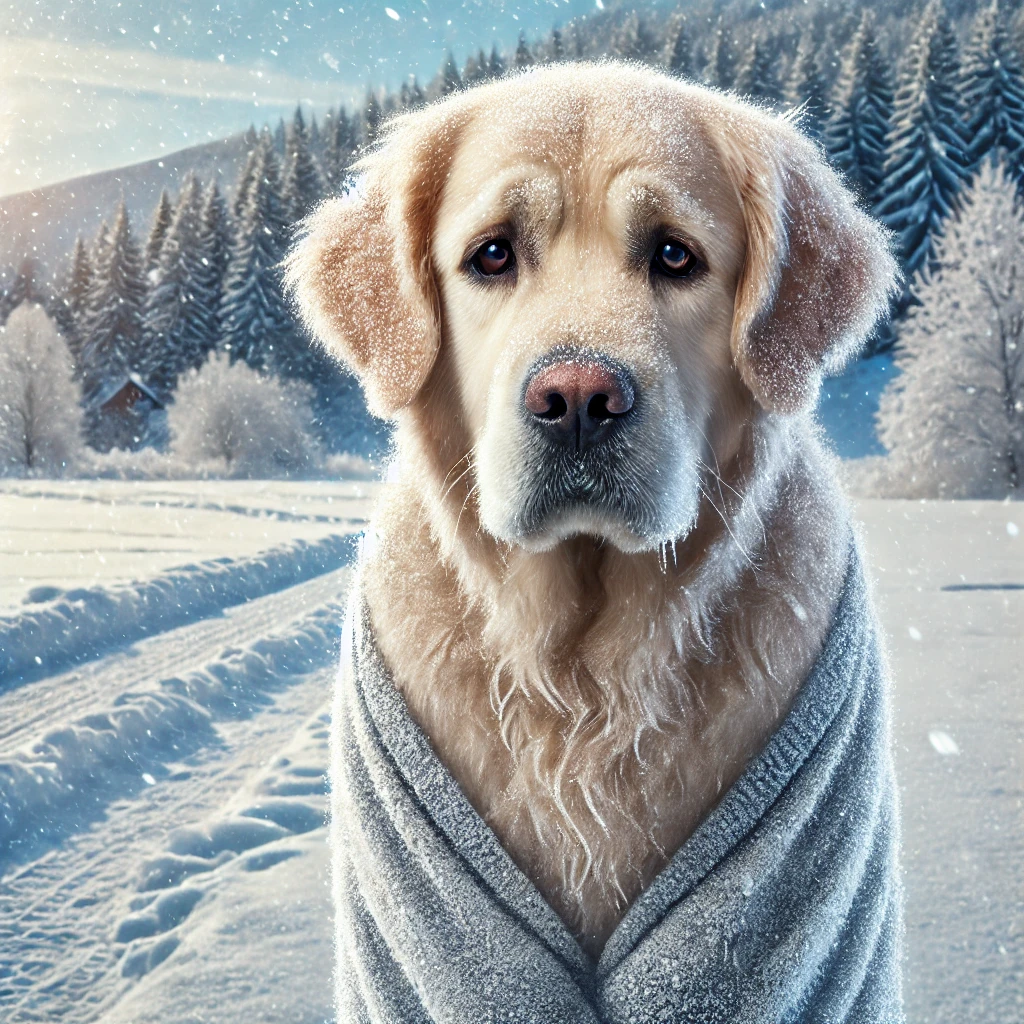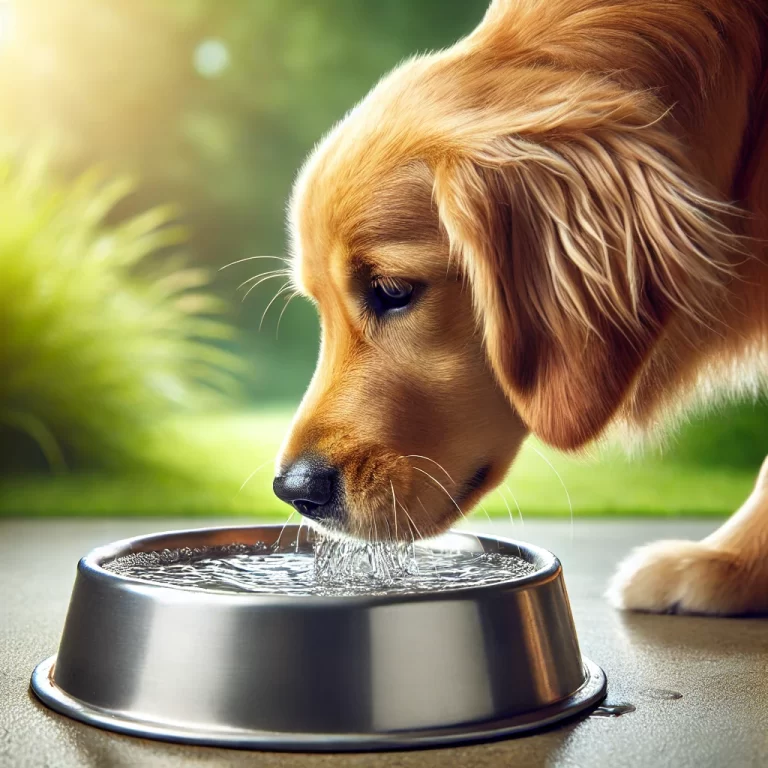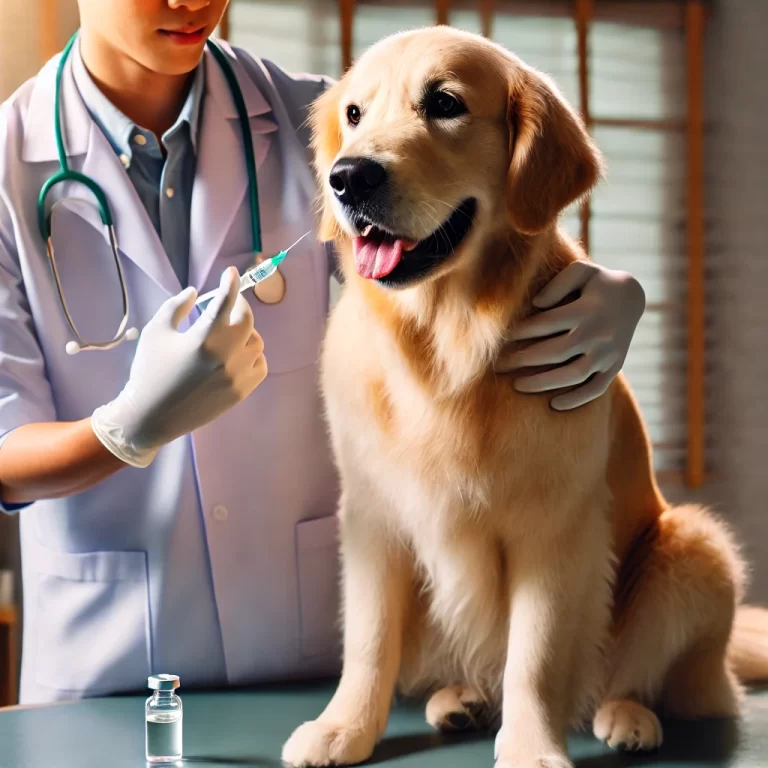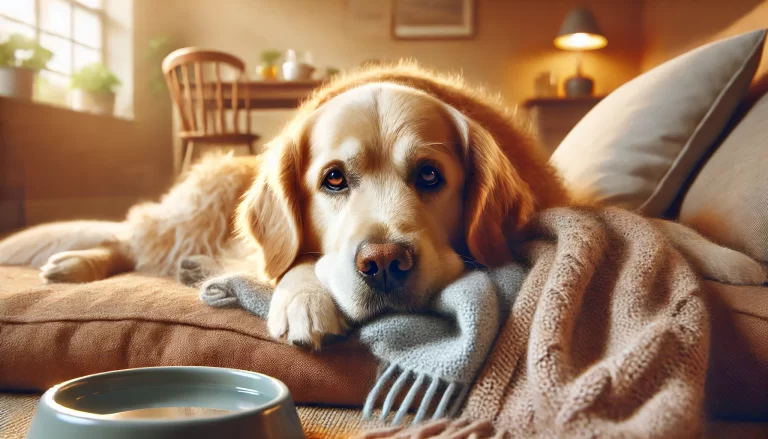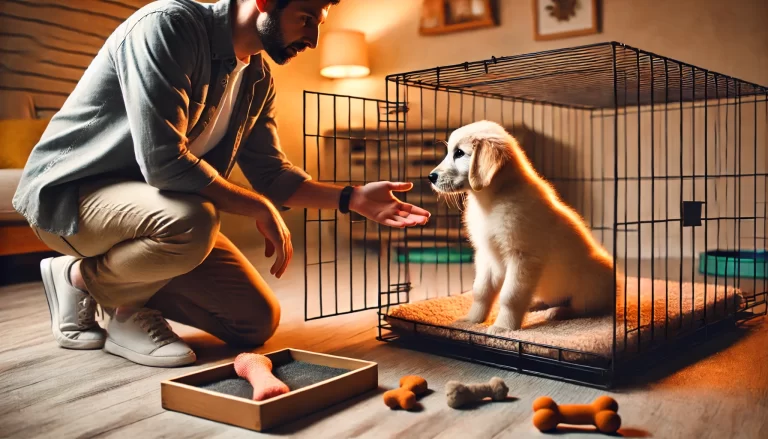How to Tell If Your Dog Is Cold?
As temperatures drop, many pet owners begin to wonder whether their dogs are feeling the chill. Unlike humans, dogs can’t verbalize their discomfort, but they do exhibit signs that indicate they are cold. Understanding these signs and taking the necessary precautions can help ensure your furry friend stays comfortable and safe during colder months.
Signs That Your Dog Is Cold
1. Shivering or Trembling
One of the most obvious signs that your dog is feeling cold is shivering. Just like humans, dogs shiver as a natural response to regulate body temperature. If your dog is shivering and seeking warmth, it’s a clear indicator that they need to be warmed up.
2. Tucked Tail and Hunched Posture
A cold dog will often tuck its tail between its legs and hunch its body to conserve heat. This posture helps them retain warmth by reducing heat loss from their extremities.
3. Cold Ears and Paws
Touch your dog’s ears and paws—if they feel unusually cold, your dog may be struggling to maintain its body temperature. The ears and paws are among the first areas to lose heat.
4. Lethargy or Slowed Movement
Dogs that are too cold may become sluggish and unwilling to move. If your dog usually enjoys being outside but suddenly seems reluctant to walk, it could be due to the cold.
5. Seeking Warm Places
If your dog is constantly looking for warm spots, such as burrowing into blankets or lying close to heaters, it’s a sign that they are trying to escape the cold.
6. Whining or Acting Restless
Dogs that are uncomfortable due to the cold may whine, pace, or act anxious. If your dog is whining despite being fed and exercised, they might be trying to tell you they are too cold.
7. Ice or Snow Clinging to Fur
If you notice ice or snow clinging to your dog’s fur after being outside, it’s a sign that they are exposed to cold conditions for too long. Wet fur can make them feel even colder, increasing their risk of hypothermia.
Factors That Influence a Dog’s Cold Tolerance
Not all dogs react to the cold in the same way. Several factors influence their tolerance to chilly weather.
Breed and Coat Type
- Thick-coated breeds (e.g., Siberian Huskies, Alaskan Malamutes) are more resistant to cold.
- Short-haired or small breeds (e.g., Chihuahuas, Greyhounds) get cold more easily and may need extra protection.
Size and Body Fat
Smaller dogs and those with less body fat tend to lose heat faster than larger or stockier breeds.
Age and Health
Puppies and senior dogs are more susceptible to the cold because they cannot regulate their body temperature as effectively as healthy adult dogs.
How to Keep Your Dog Warm
1. Limit Time Outside
If temperatures are freezing, avoid prolonged outdoor exposure. Take shorter walks and bring your dog inside as soon as possible.
2. Provide Warm Bedding
Ensure your dog has a warm and cozy place to sleep. Heated dog beds, thick blankets, or even a covered crate can help them stay warm.
3. Dress Your Dog in Winter Gear
For short-haired or small breeds, a dog sweater or coat can provide extra warmth when going outside.
4. Keep Your Dog Dry
Wet fur can make dogs lose heat quickly. Dry your dog thoroughly after walks, especially if they get wet from snow or rain.
5. Use Booties for Paw Protection
Dog booties protect against the cold ground and prevent ice and salt from irritating your dog’s paws.
6. Provide Extra Calories
Dogs burn more energy in the cold to stay warm. Consider slightly increasing their food intake during winter months.
7. Monitor for Signs of Hypothermia
If your dog exhibits extreme lethargy, pale gums, or difficulty breathing, seek veterinary assistance immediately as these could be signs of hypothermia.
Final Thoughts
Recognizing the signs that your dog is cold is essential for their well-being. If you notice shivering, reluctance to move, or cold ears and paws, take steps to warm them up. Providing proper shelter, warm clothing, and monitoring their time outside can help keep your furry friend safe and comfortable throughout the winter season.
By staying attentive to your dog’s needs, you can ensure they stay warm, happy, and healthy even when temperatures drop.

